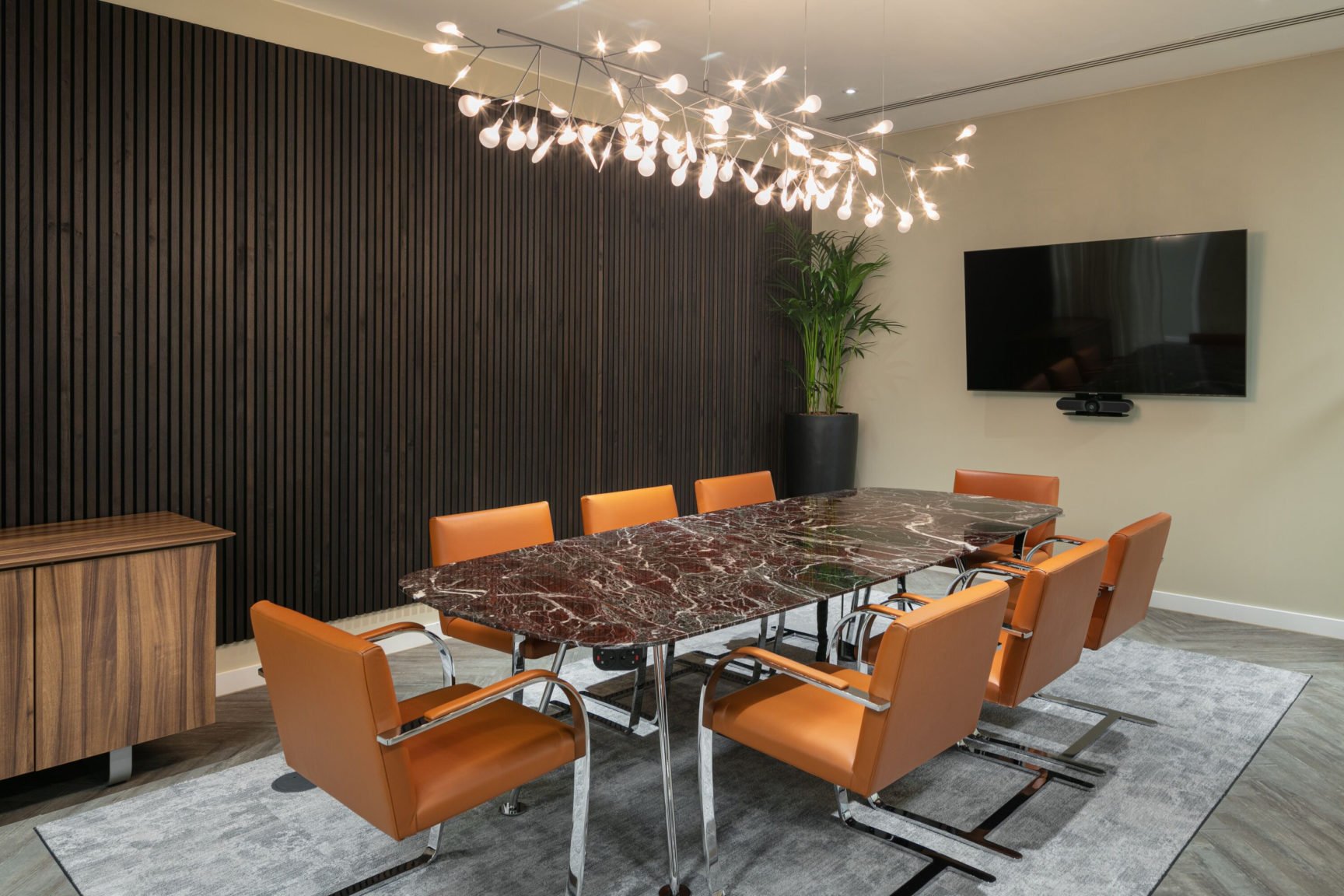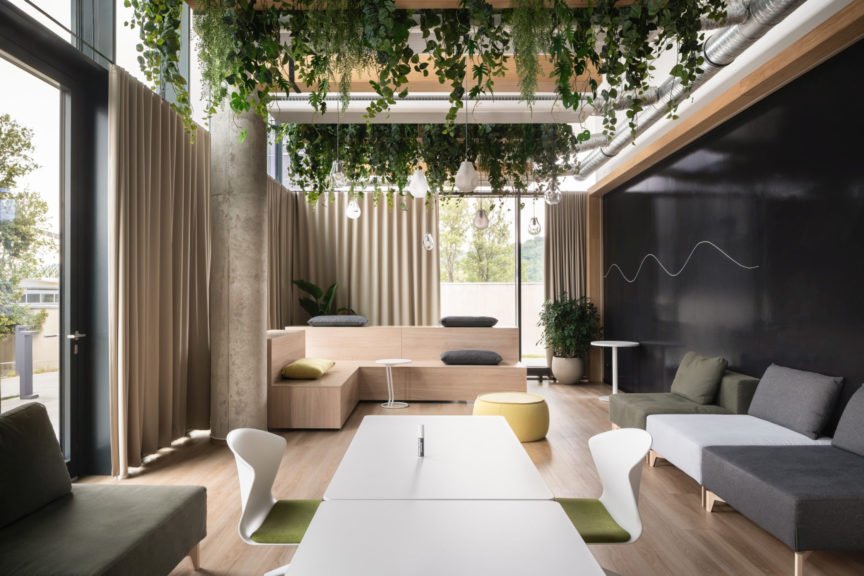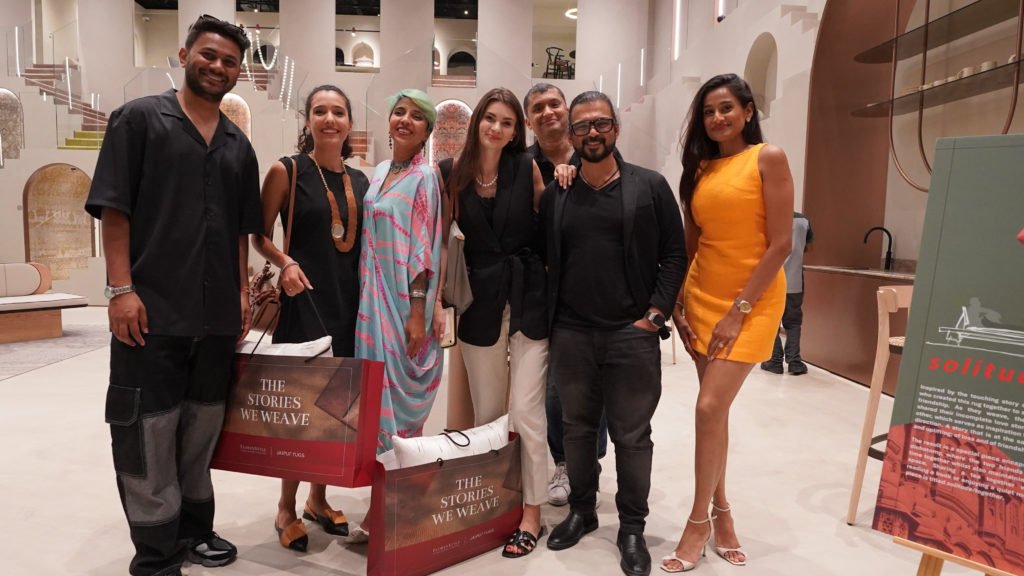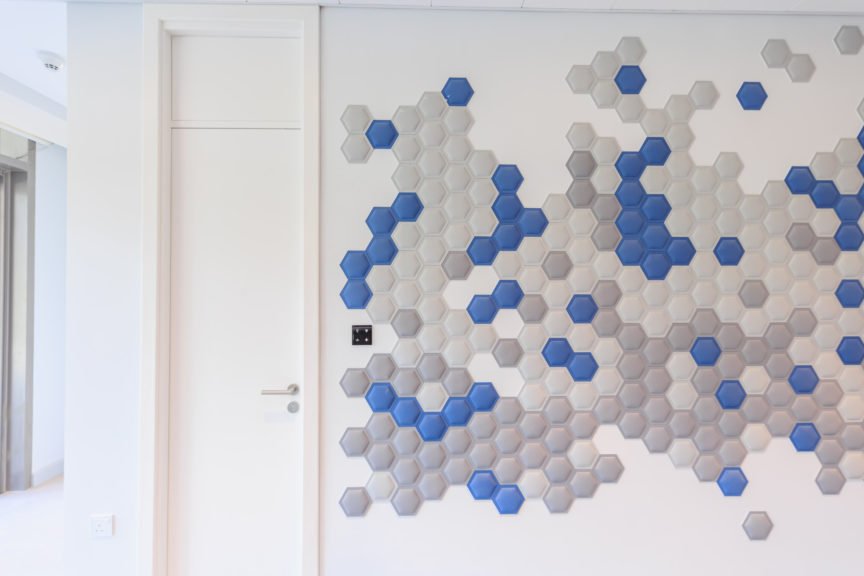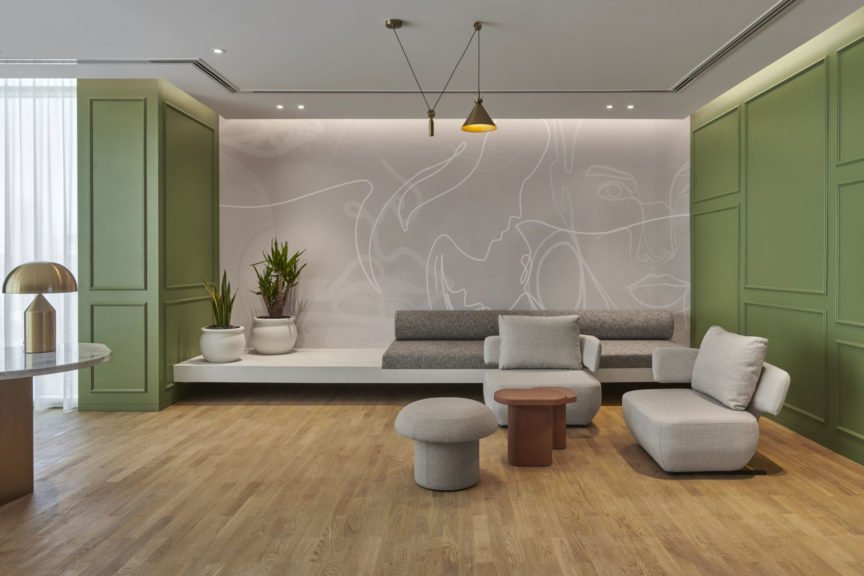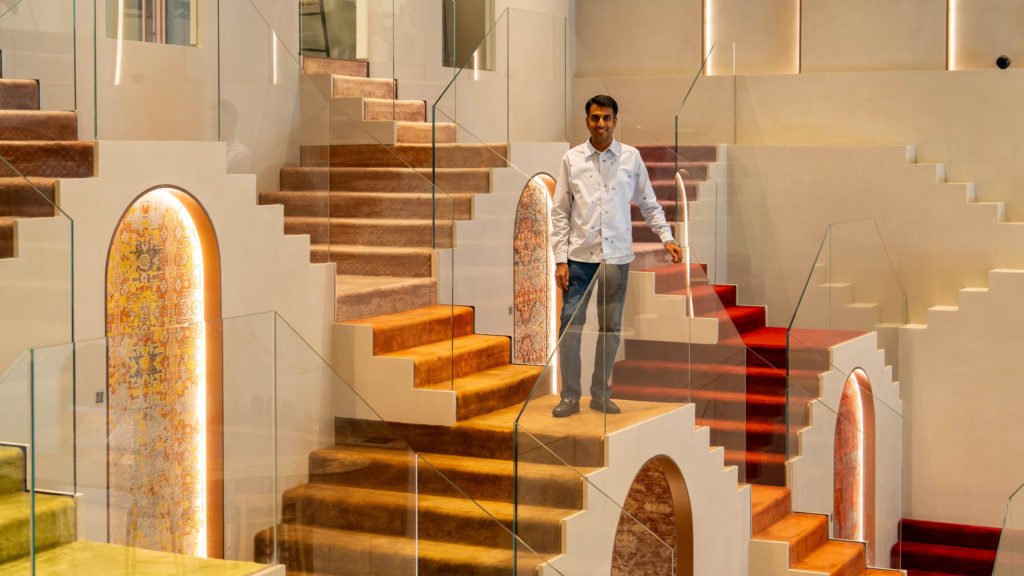At the interface between people and environments, there’s Knoll. This is a company built on its belief that when furniture relates to the architectural setting, and the interior is choreographed as a harmonious succession of forms and finishes, the result is a space where people want to be.
Since 1938, Knoll has been revolutionising how people experience office, hospitality and residential interiors by excelling in three areas: (i) Total Design Planning; (ii) Designer Collaborations; (iii) Colour, Material, Finish (CMF)
To understand the roots of all three, it is important to know two institutions: the Bauhaus and Cranbrook Academy of Art; and two people: Hans and Florence Knoll.
The Bauhaus
Founded in 1919 by architect Walter Gropius in Weimar, Germany, the Bauhaus sought to unite the creative efforts of art, design and industry until they became, as Gropius described it, “inseparable components of a new architecture”. The designers who connected here, and the ideas they brought to the United States, had a profound influence on the firm that was to become Knoll.
Forced out of Germany by the Nazis in the 1930s, Walter Gropius and Bauhaus designer Marcel Breuer opened an office in Massachusetts, USA, and Ludwig Mies van der Rohe – director of the Bauhaus for more than a decade – became the head of architecture at the Illinois Institute of Technology (IIT). Florence Knoll (then Schust) interned in the office of Gropius and Breuer, and studied architecture at IIT, where Mies became a valuable mentor. He, along with Gropius and Breuer, instilled in her a lifelong belief in the principle of Total Design – design not as the creation of single objects, but rather as a “total architecture”.
The relationship between Florence Knoll and her trusted mentors continued well into her career, and it was Florence who made their furniture designs – including the Barcelona Chair by Mies van der Rohe and the Wassily Chair by Breuer – part of the Knoll portfolio. These collections continue to be Knoll bestsellers today.
Cranbrook Academy of Art
Much like the Bauhaus, the Cranbrook Academy of Art in Michigan, USA was conceived as an immersive experience in which artists would live, learn and share. “It was not an art school in the ordinary sense,” said school director and campus designer Eliel Saarinen. “It was a working place for creative people.”
Among those creative people were Eliel’s son Eero Saarinen, as well as Harry Bertoia, Ralph Rapson, Charles Eames, Ray Kaiser (later, Ray Eames), Florence Knoll (then Schust), and many others. The connections they made and the skills they developed while at Cranbrook were the foundations for brilliant careers that shaped, and continue to shape, the world in which we live.
“Architectural-form equals social-form.“
– Eliel Saarinen
These friendships also led to creative collaborations with Knoll, resulting in some of the most coveted furniture collections in the world, including Eero Saarinen’s Pedestal Collection and Womb Chair, and Harry Bertoia’s wire seating collection that evolved from his Cranbrook studies in sculpture.
Florence and Hans Knoll
Soon after moving to New York to begin her career in architecture, Florence Schust met Hans Knoll – a young German businessman who had recently founded a furniture company. With Florence’s design skills and Hans’ business acumen and salesmanship, the pair, who married in 1946, built an innovative business by embracing the creative ideals of the Bauhaus
and Cranbrook.
From the beginning, Knoll was a company that thought differently about space. In founding the revolutionary Planning Unit in 1946, Florence Knoll introduced modern concepts of efficiency, space planning and comprehensive design to interiors, and defined the standard for the contemporary corporate interiors of post-war America, including IBM, General Motors, and CBS.
Florence and Hans led the company together from 1943–1955, but their partnership was cut short when Hans died in a car accident. Florence led the company alone for 11 years – during which time she oversaw the tremendous expansion and success that earned Knoll an influential spot in the cultural zeitgeist. Florence retired in 1965. Her contributions to Knoll, the landscape of the corporate office, and the rise of modernism in America, are immeasurable.
Total Design Planning
Ludwig Mies van der Rohe believed that a beautiful background should amplify the “figure in space”. Eliel Saarinen taught his Cranbrook students that furniture should be designed to complement architecture, not compete with it. Armed with these learnings from her mentors, Florence Knoll knew that she didn’t want to merely decorate space. She wanted to create it.
One of the ways she succeeded was by founding the Knoll Planning Unit. Her approach rigorously researched and surveyed each client’s needs, patterns of use and company hierarchy, before presenting a comprehensive design informed by the principles of modernism and beautifully executed in signature Knoll style. The Planning Unit revolutionised the American business environment and Florence’s philosophy, that design should consider an entire space, remains true to Knoll today.
This comprehensive approach to interiors also extends to Knoll products, which are designed to work together as a cohesive whole, while retaining their standalone presence. When Knoll designs product, it takes a holistic and emotive approach that considers the relationship between people, products, and architecture. The result is a harmonious Total Design.
“The Planning Unit existed because of my background in architecture. Knoll as the very first furniture company that ever had a planning department.“
– Florence Knoll
Designer Collaborations
Since its founding, Knoll has been passionately dedicated to seeking out and collaborating with the most creative and innovative designers, architects and artists. Florence Knoll was instrumental in shaping an unmatched portfolio of products by recruiting her Cranbrook associates Eero Saarinen and Harry Bertoia, and it was through her close relationship with Ludwig Mies van der Rohe that Knoll came to produce his furniture as well as that of other Bauhaus designers.
Partnering with the best and brightest continues to be the model by which Knoll operates, and collaborations have resulted in works by Piero Lissoni, Antonio Citterio, Antenna Design and others. Through these partnerships, Knoll offers furniture and textiles that are elegant, precise, bold, beautiful, and classic. As Warren Platner said, “A classic is something that, every time you look at it, you accept it as it is, and you see no way of improving it.” That holds true for collections Platner designed for Knoll in the 1960s, as well as for future launches by tomorrow’s brightest stars.
Colour, Material, Finish (CMF)
Florence Knoll understood that offering a well-curated range of colours, materials and finishes would be fundamental to the partnership between Knoll and the design community. In 1947, she and Hans established Knoll Textiles and brought in Marianne Strengell, head of the Cranbrook Department of Weaving, to develop upholsteries suited in both quality and design to the types of furniture Knoll produced.
The collection has grown substantially, and today there are more than 2,000 materials – including fabric, leather, felt, cork and more – graded in, as well as hundreds of stones, veneers, metal finishes, paint colours, and laminates. This vast portfolio of CMF options gives clients the ability to make Knoll furniture ideally suited to each unique interior, as well as the opportunity to create layered, tonal, textural materiality throughout an environment.
Since the beginning, Knoll has believed that its furniture is complete only when its colour, material and finish are selected. This is what makes Knoll the definitive supporting player to each client’s vision. Whether for a corporate office, public space, or residence, the result is an elegant, enduring Total Design.
Article info
Article:
Date added:
14 March, 2024

